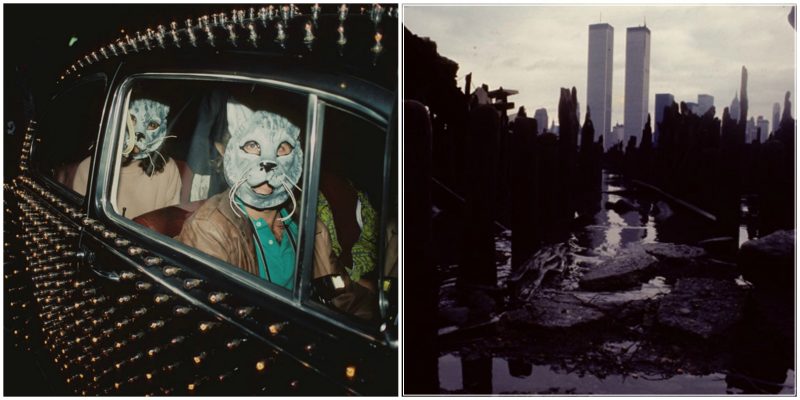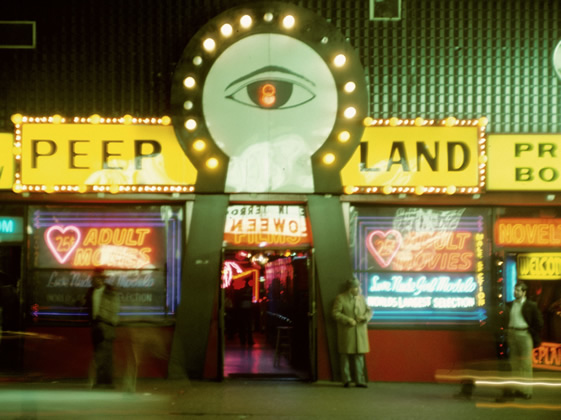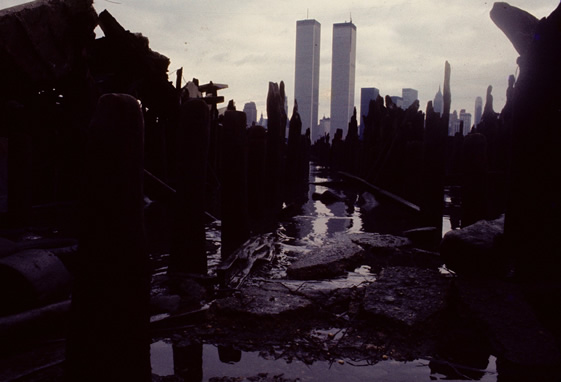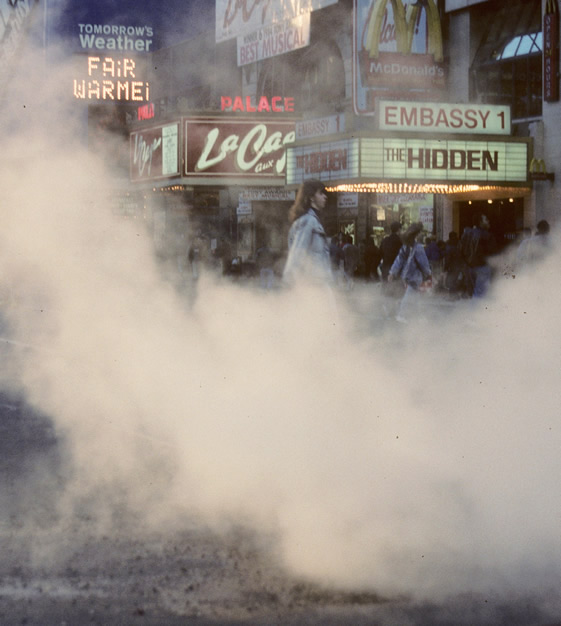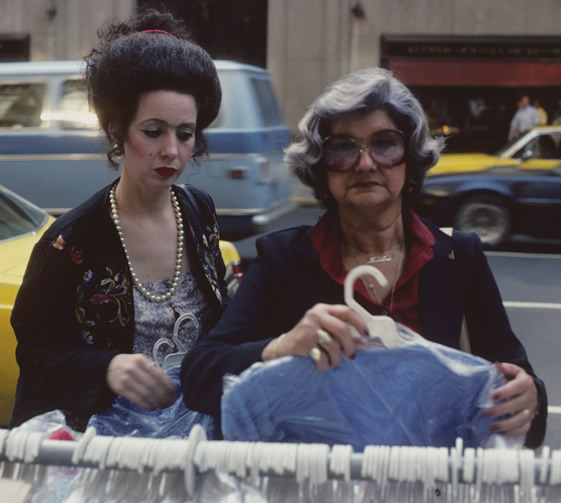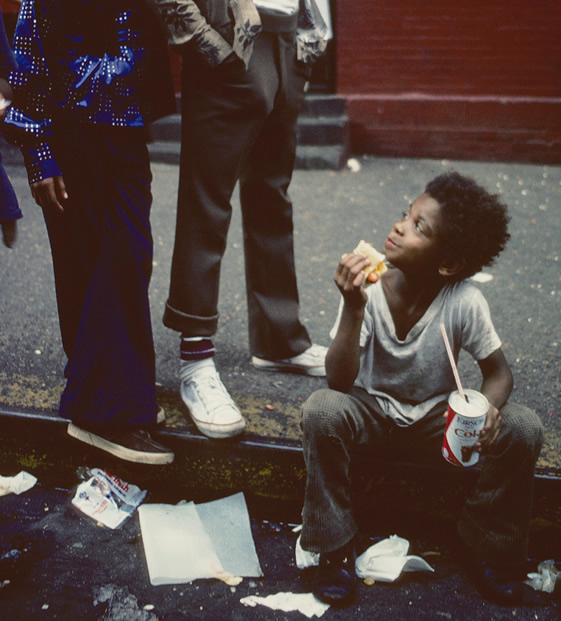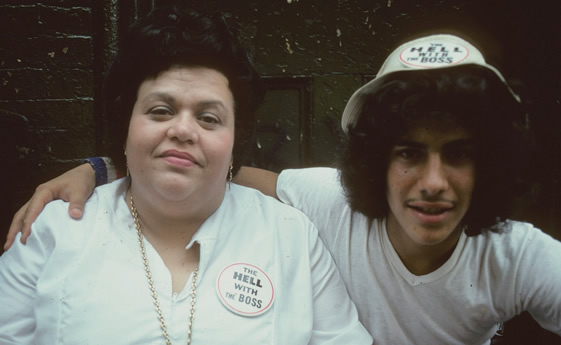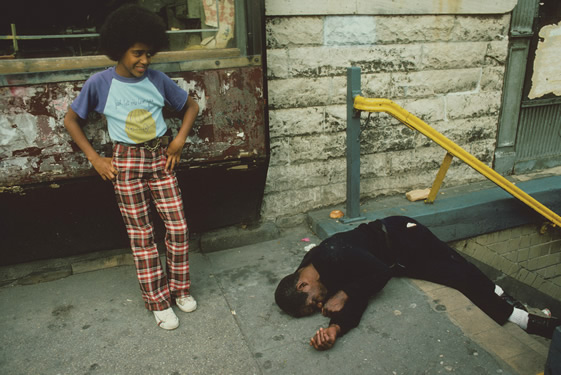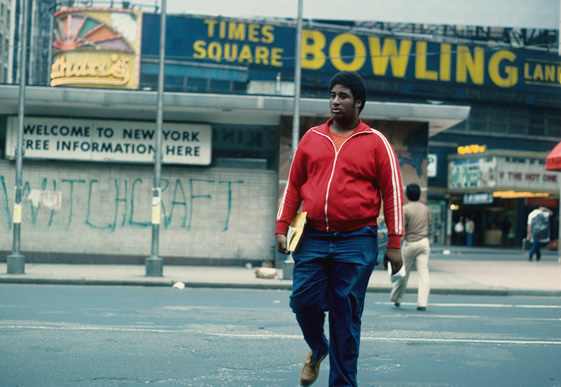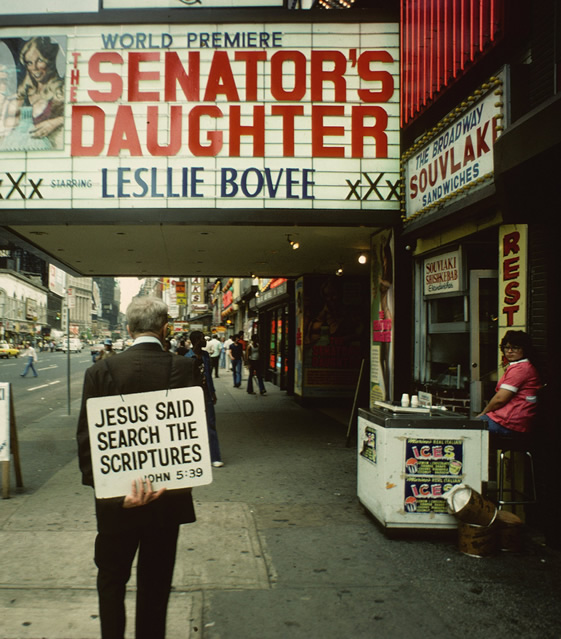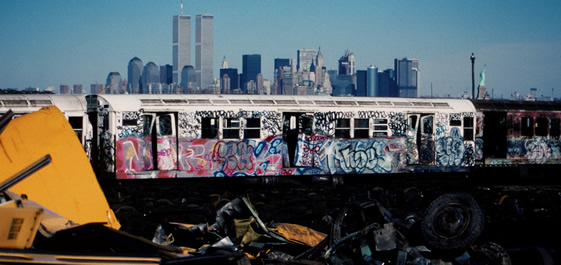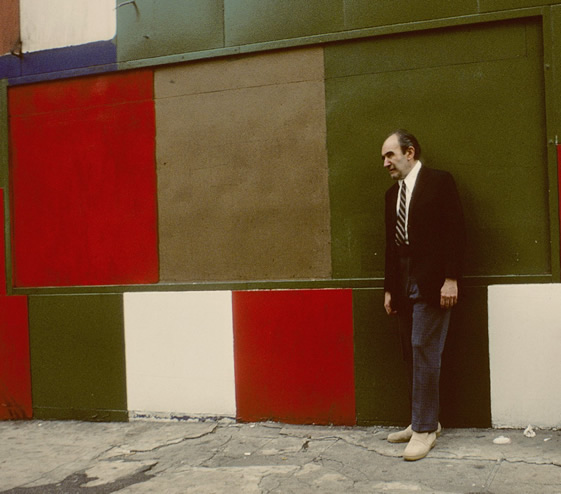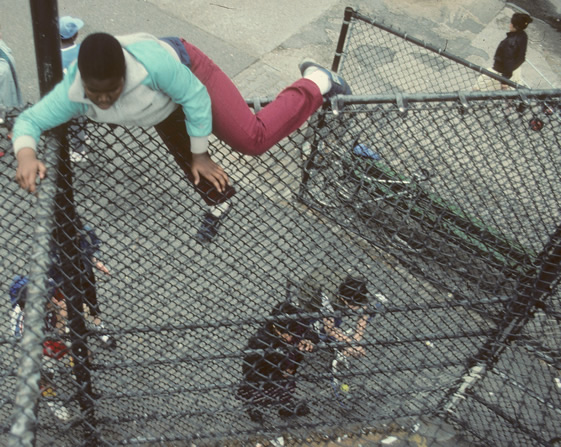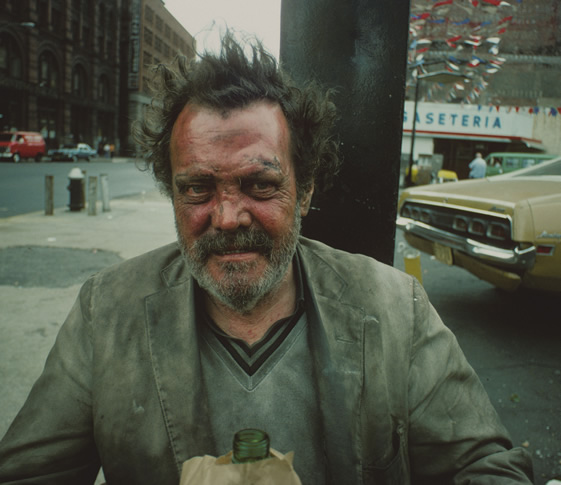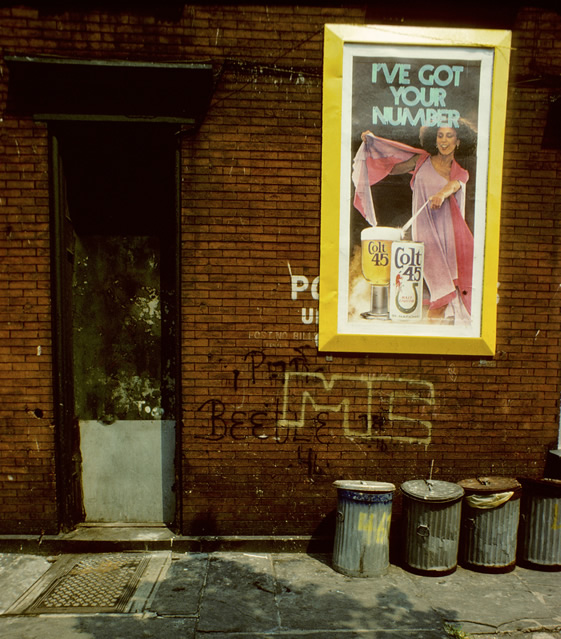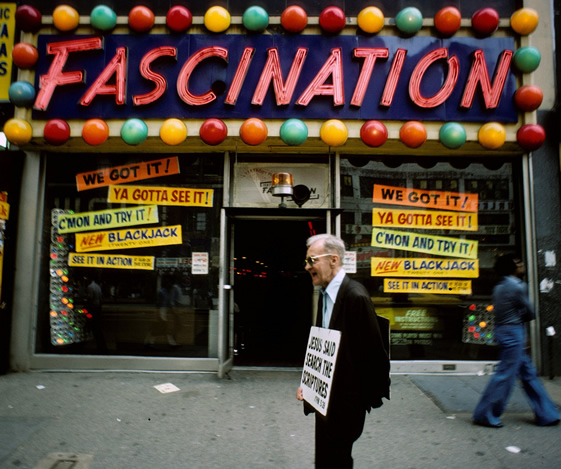New York city has seen a cycle of modest boom and a bust in the 1980s. Following a period of near–bankruptcy in the late 1970s, the city renewed its stature as a cultural center, attracted more immigration, and hosted the development of new music styles. The City developed from publishing to become a media capital over the second half of the 20th century, hosting most national news channels and broadcasts. Some of its newspapers became nationally and globally renowned. The state’s manufacturing base eroded with the restructuring of industry, and the state transitioned into service industries.In the late 20th century, telecommunication and high technology industries employed many New Yorkers. New York City was especially successful at this transition. Entrepreneurs created many small companies, as industrial firms such as Polaroid withered. This success drew many young professionals into the still–dwindling cities. New York City was the exception and has continued to draw new residents. The energy of the city created attractions and new businesses. Some people believe that changes in policing created a less threatening environment; crime rates dropped, and urban development reduced urban decay.
Entrepreneurs created many small companies, as industrial firms such as Polaroid withered. This success drew many young professionals into the still–dwindling cities. New York City was the exception and has continued to draw new residents. The energy of the city created attractions and new businesses. Some people believe that changes in policing created a less threatening environment; crime rates dropped, and urban development reduced urban decay.
Take a look at this awesome photo collection by Steve Siegel, depicting the life in New York in 1980s.
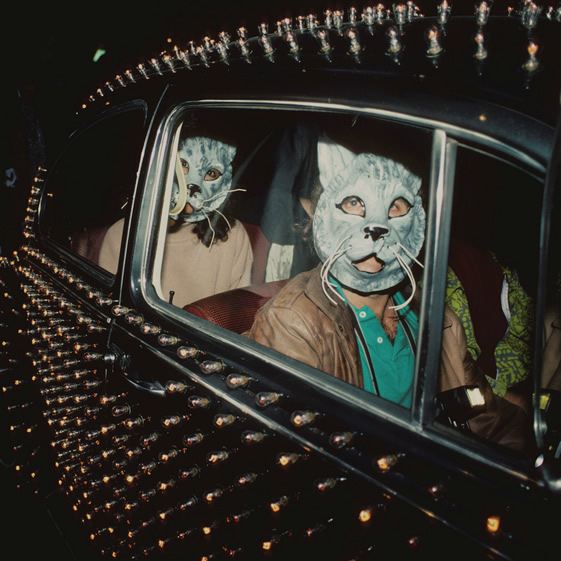
Compared to the 1970s, the 1980s were a time of restrained optimism in New York. The boom on Wall Street was fueling the speculative real estate market, and unemployment numbers dropped noticeably, however, the city’s reputation for crime and disorder was still very much a part of New Yorkers’ daily lives.
This in turn led to a surge in culture. New York City became, once again, “the center for all things chic and trendy”.Hip-hop and rap music, led by New York City, became the most popular pop genre. Immigration to both the city and state rose. New York City, with a large gay and lesbian community, suffered many deaths from AIDS beginning in the 1980s.
New York City increased its already large share of television programming, home to the network news broadcasts, as well as two of the three major cable news networks.The Wall Street Journal and The New York Times became two of the three “national” newspapers, read throughout the country.[citation needed] New York also increased its dominance of the financial services industry centered on Wall Street, led by banking expansion, a rising stock market, innovations in investment banking, including junk bond trading and accelerated by the savings and loan crisis that decimated competitors elsewhere in New York.
Upstate did not fare as well as downstate; the major industries that began to reinvigorate New York City did not typically spread to other regions. The number of farms in the state had fallen to 30,000 by 1997. City populations continued to decline while suburbs grew in area, but did not increase proportionately in population.High-tech industry grew in cities such as Corning and Rochester. Overall New York entered the new millennium “in a position of economic strength and optimism”.
The 1980s was a time of much racial tension in the city, including the highly publicized murders of three African Americans in “white” neighborhoods in separate incidents: Willie Turks in the Gravesend section of Brooklyn in 1982;Michael Griffith in Howard Beach, Queens in 1986;and Yusef Hawkins in Brooklyn’s Bensonhurst neighborhood in 1989, in addition to the much-publicized “subway vigilante” shootings by Bernhard Goetz in 1984
Homelessness became a serious problem during the 1980s, specifically in the last two of Edward Koch’s three terms as mayor (1978–1990). The city outlawed discrimination against gay and lesbian people in such matters as employment and housing in 1986.In 1989, Koch was defeated by David Dinkins in the Democratic Party primary in his bid for a fourth term, and then Dinkins narrowly defeated Republican Rudolph Giuliani in the general election to become the city’s first-ever black mayor.Crime began a 15-year decline in 1990 during Dinkins’s administration, but a combination of continued racial strife (such as that in the Crown Heights Riot in 1991),and an extremely weak economy (in January 1993 the city’s unemployment rate reached 13.4 percent, the highest level of joblessness seen there since the Great Depression).
